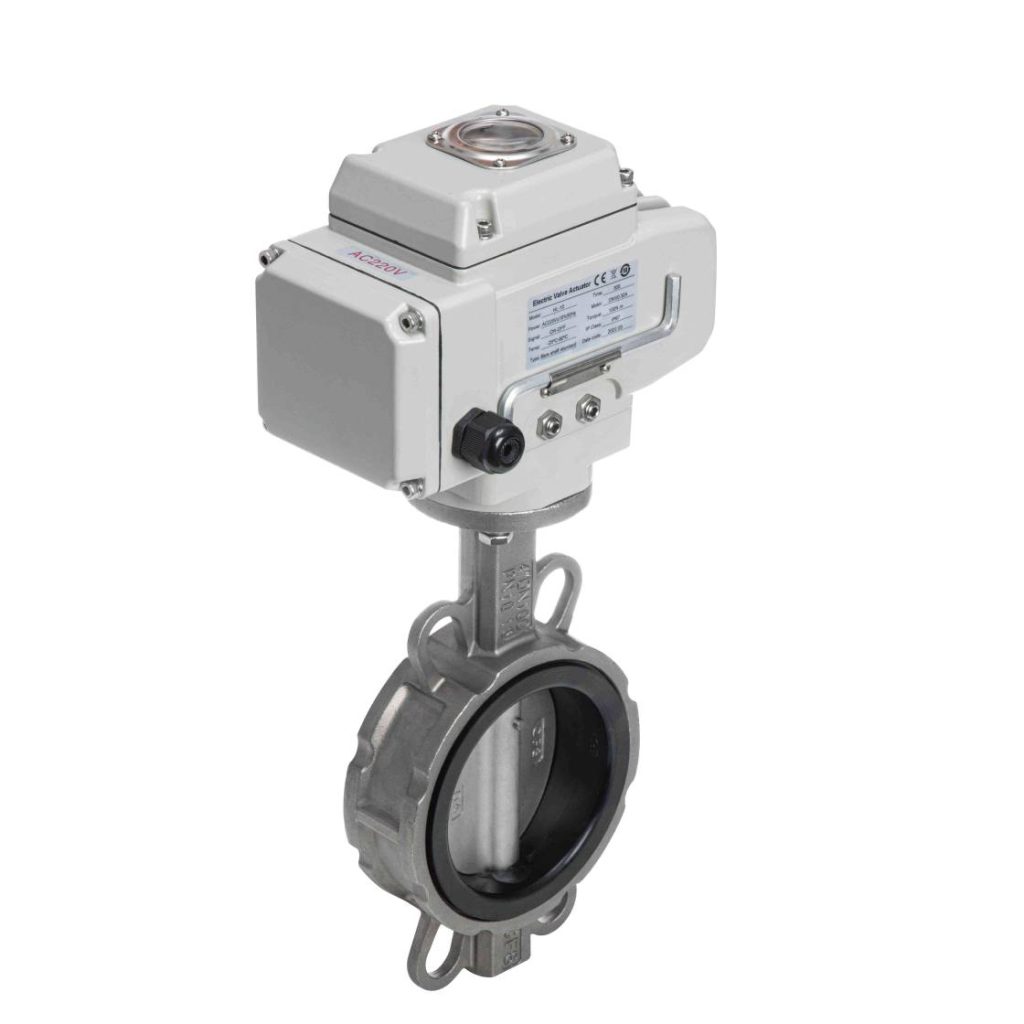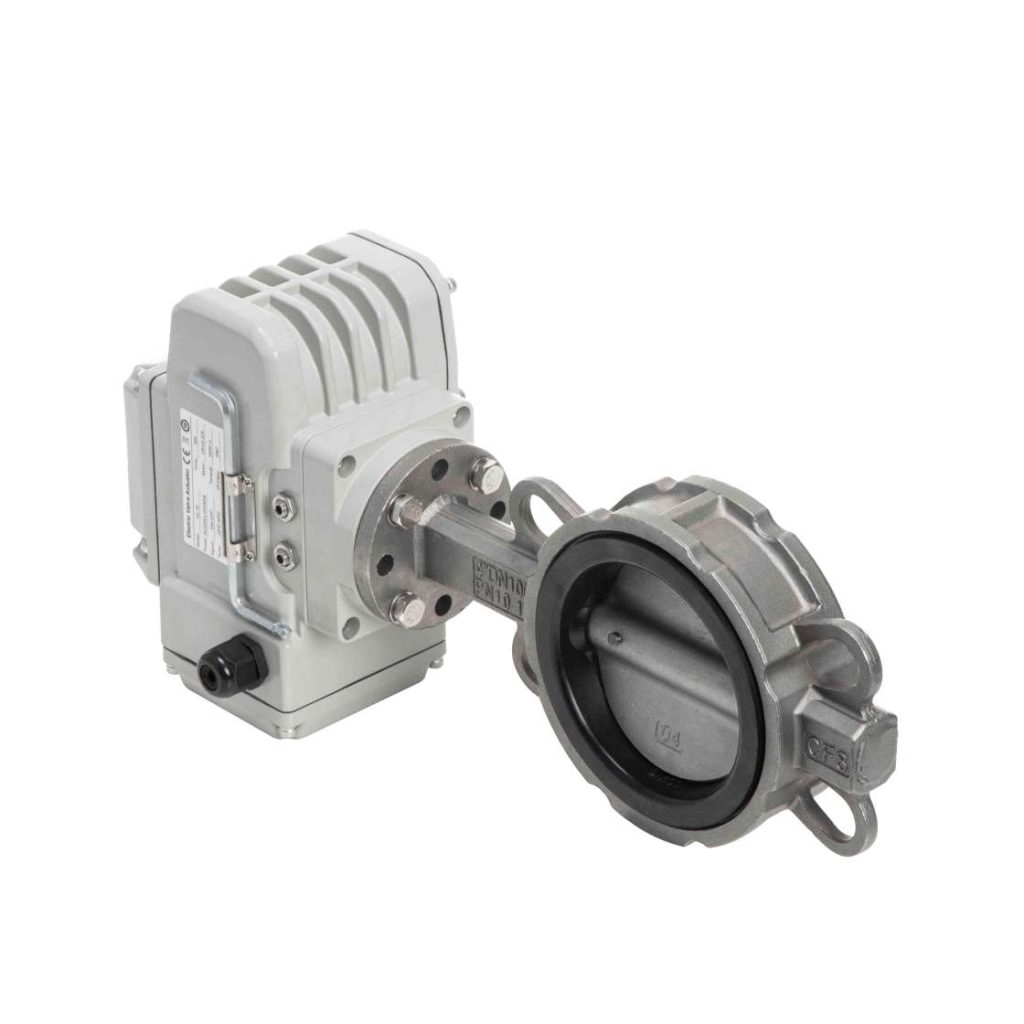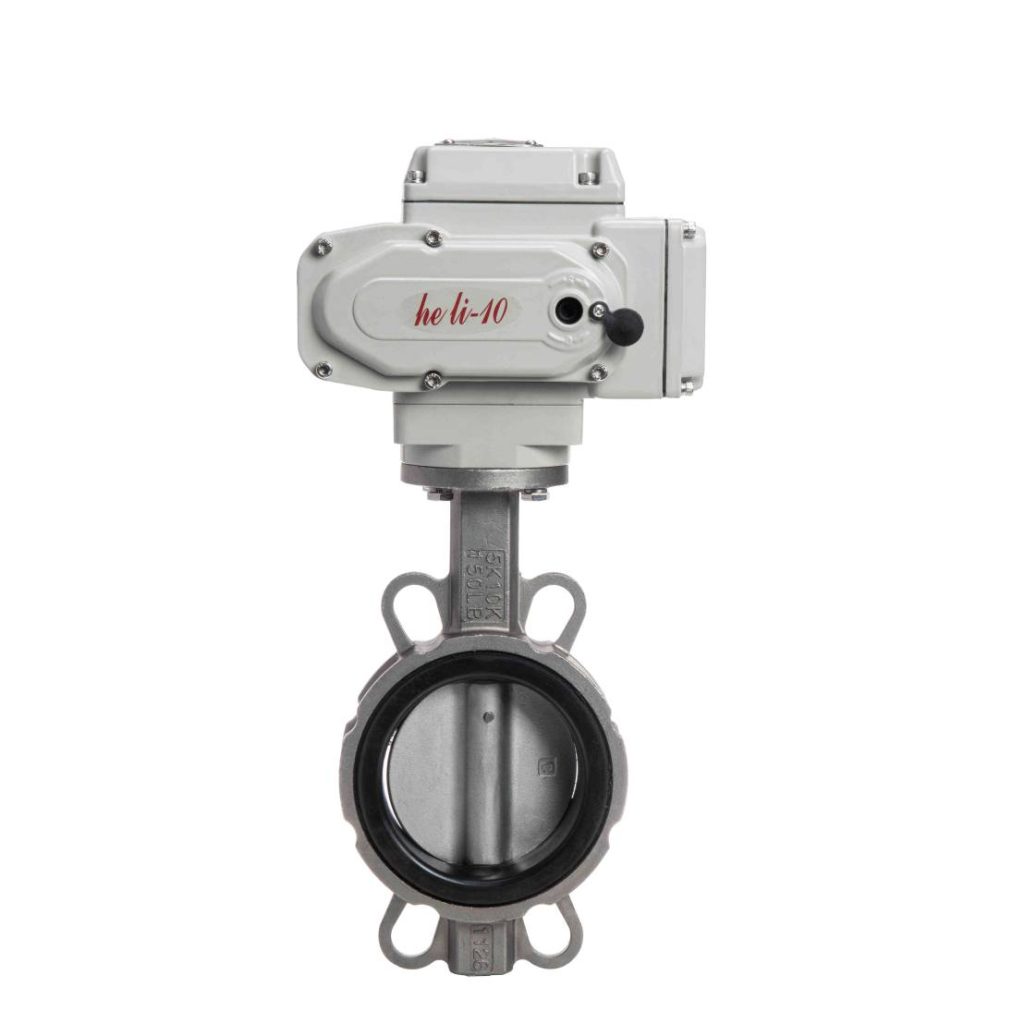The Electric Clamp Butterfly Valve is a key component widely used in modern industrial fluid control systems. As a type of valve designed to regulate the flow of fluids, gases, and slurries, this particular valve combines the benefits of both electric actuation and the unique design of the butterfly valve. Known for its compact size, reliability, and ease of installation, the Electric Clamp Butterfly Valve plays a crucial role in sectors such as water treatment, chemical processing, food and beverage, and HVAC systems. In this article, we will explore the design, functionality, advantages, and applications of the Electric Clamp Butterfly Valve.

Design and Construction

The Electric Clamp Butterfly Valve consists of a circular disc (the “butterfly”) that rotates within a pipe to control the flow of media. Unlike traditional gate or ball valves, the butterfly valve is lightweight and simple in design, making it ideal for applications where space and weight are a concern. The electric actuator is mounted on the valve and is responsible for rotating the disc to open or close the valve. This actuator is powered by electricity and is typically controlled remotely, allowing for automatic or semi-automatic operation without the need for manual intervention. One key feature of the Electric Clamp Butterfly Valve is its clamp-style connection. The valve is often equipped with a clamp flange system that makes installation and removal easier and more efficient. This clamp system eliminates the need for welding, bolts, or other fasteners, reducing installation time and labor costs. The quick-connect design also allows for easy maintenance and replacement of the valve, providing significant operational flexibility.
